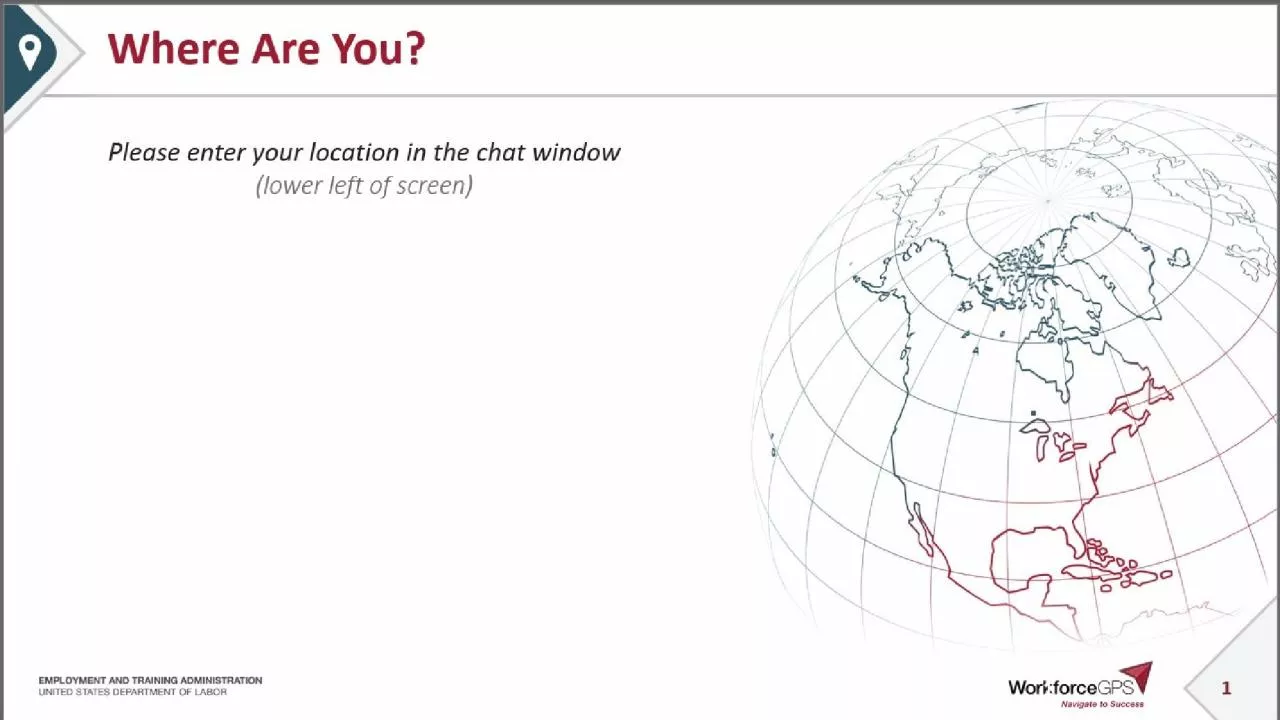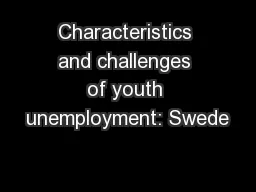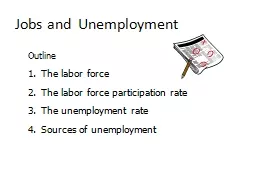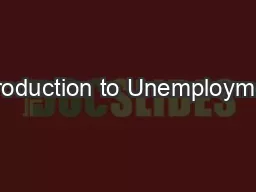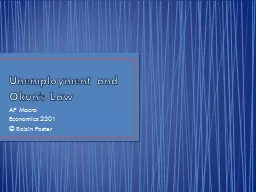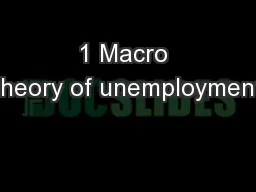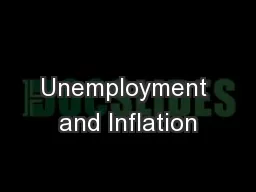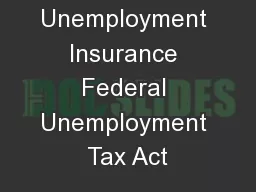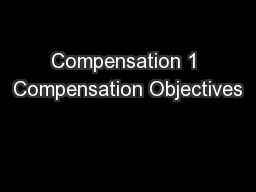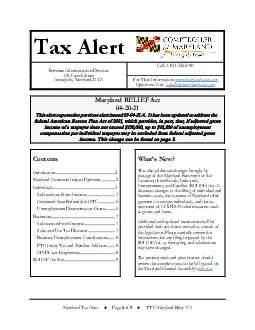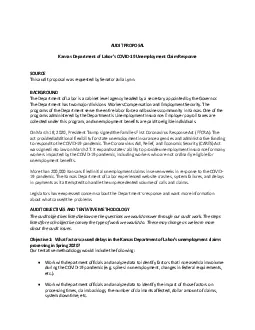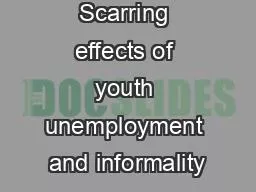PPT-1 Unemployment Compensation (UC) for Individuals Affected by COVID-19
Author : lucy | Published Date : 2024-02-09
March 17 2020 Unemployment Insurance Program Letter UIPL 1020 released March 12 2020 3 Todays Speakers Gay Gilbert Administrator Office of Unemployment Insurance
Presentation Embed Code
Download Presentation
Download Presentation The PPT/PDF document "1 Unemployment Compensation (UC) for Ind..." is the property of its rightful owner. Permission is granted to download and print the materials on this website for personal, non-commercial use only, and to display it on your personal computer provided you do not modify the materials and that you retain all copyright notices contained in the materials. By downloading content from our website, you accept the terms of this agreement.
1 Unemployment Compensation (UC) for Individuals Affected by COVID-19: Transcript
Download Rules Of Document
"1 Unemployment Compensation (UC) for Individuals Affected by COVID-19"The content belongs to its owner. You may download and print it for personal use, without modification, and keep all copyright notices. By downloading, you agree to these terms.
Related Documents

